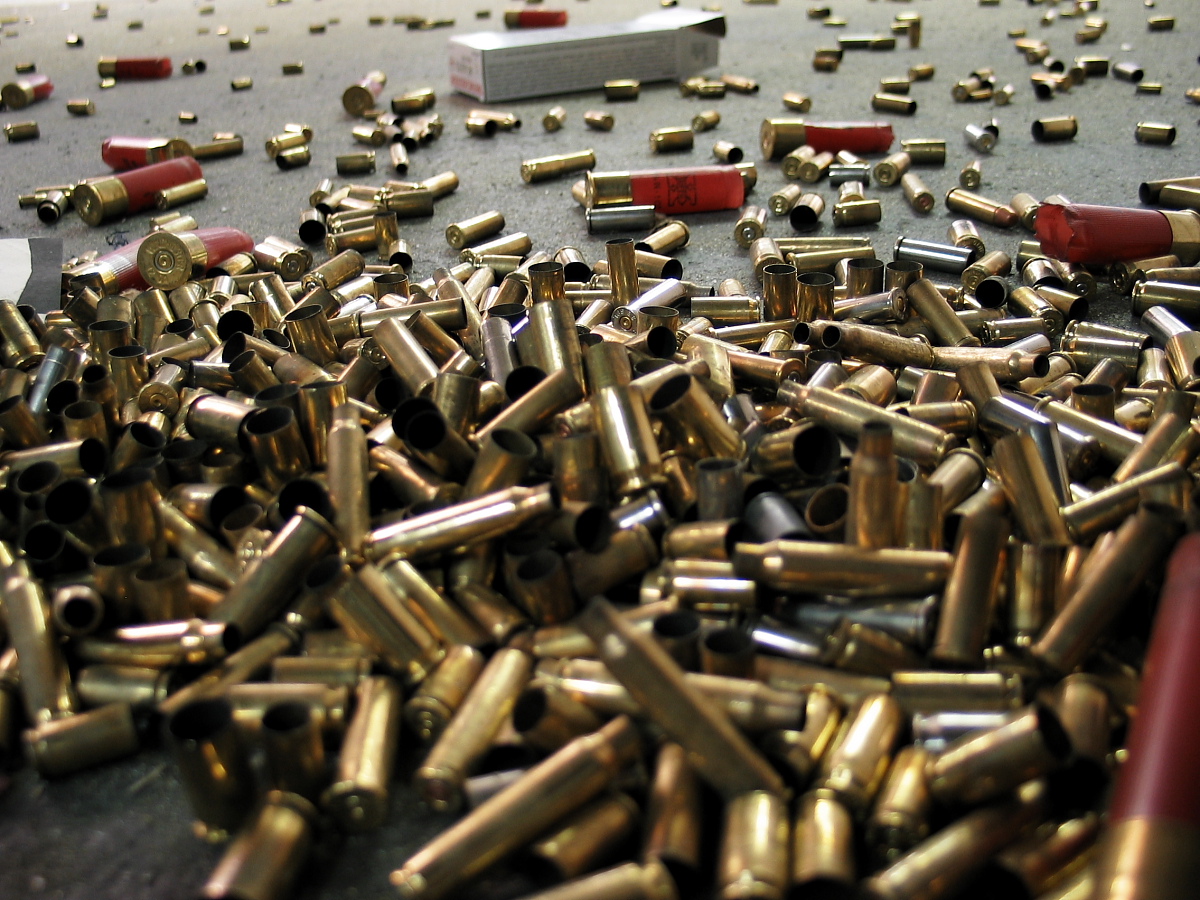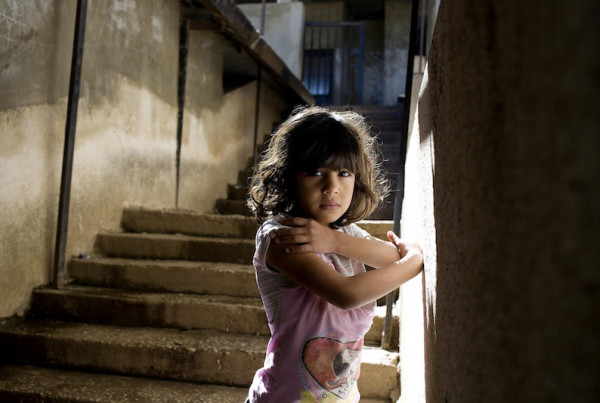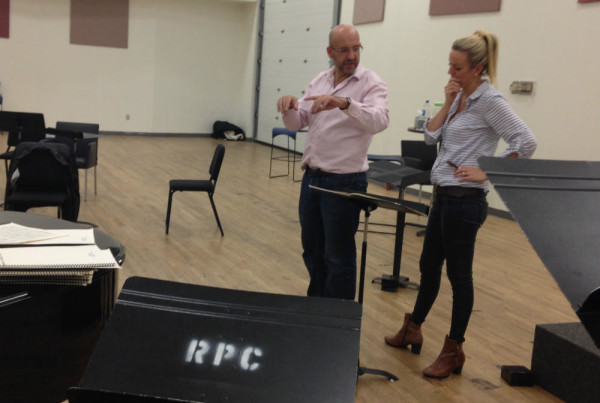There have been more mass shootings in 2015 than there have been days in the year, or at least, that’s the way the New York Times spun it. This was one of their recent headlines: “How Often Do Mass Shootings Occur? On Average, Every Day, Records Show.”
Since the San Bernadino shooting Wednesday morning the news has been inundated with headlines like these, offering varying statistics for the number of mass shootings in the U.S. since January.
The Stanford University mass shootings project puts the actual number at 51 since the start of the year. USA Today’s database, citing the FBI, goes with 22 since. The progressive magazine Mother Jones, which maintains its own tracker of mass shootings, claims only three since January, and 72 since 1982.
What is the real number? Why are the numbers different? Criminologist Mitchel Roth researches mass murder and serial homicide, and teaches at Sam Houston State University. He says all these numbers are bubbling to the surface and making waves in the news because it’s a “very sexy” topic to cover.
“Obviously the old adage, ‘if it bleeds, it leads’ gets a lot of emphasis, much more than talking about the economy,” he says, referring to an editorial phrase often used by the media. “But the bottom line is that your chances of being caught in some type of mass murder is extremely low. Less than 1 percent of all homicides are mass-murder involved.”
Roth says the numbers floating around confuse the issue at hand. “Are these mass shootings or mass murders? There are a lot of mass shootings, but the mass murder rate would be much higher if the doctors in the emergency rooms weren’t so good at saving lives.”
Roth says looking into homicide rates in America doesn’t give a good perspective of the violent shootings occurring. Since the 1990s, when there was a drop in murders in the states, fewer people are being killed because more people are being saved, he says.
The numbers used by the New York Times come from a crowdsourced site, Mass Shooting Tracker. Back in October, Politifact recently found those numbers to be a half-truth. Roth says that’s because mass shootings are defined in a variety of different ways.
“Congress redefined in 2012 a mass shooting as four or more victims – not including the perpetrator,” Roth says. “Some people include four victims, including the perpetrator. Some, four without. Others probably use anywhere from two to three.”
It depends on where the site is getting their information from. But either way, Roth says that’s obscuring the main point of documenting violence from mass shootings.
“Just the notion that it’s increasing at a ridiculous rate should be good enough rather than playing the numbers game.”
Roth says there’s already a standardized way to count these numbers, but one of the problems is the politics behind gun control in America: gun rights advocates and gun control advocates are still butting heads.
“I think there’s definitely a standard out there that they can agree on,” Roth says. “The big question is will they agree on it. As long as is becomes a stage of political football, that’s not gonna happen.”
Roth says the designation of “terrorism” on particular instances of violence is also giving gun rights advocates an out.
“The bottom line is a terrorist incident is a mass shooting,” Roth says. “It is a crime. It’s just a different motivation.”
So what number would Roth give someone who asked for his expertise on the matter?
“I probably couldn’t give them a figure,” he says. “I would say it would be closer to the 50 number… and it would have to include those that involved murder, homicide, rather than just shootings.”
















